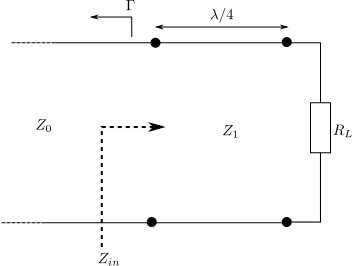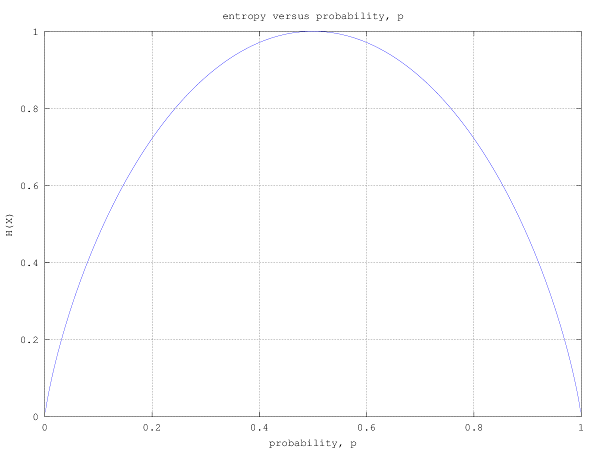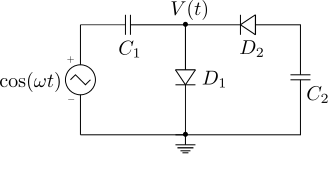Question 11 on signals from GATE (Graduate Aptitude Test in Engineering) 2012 Electronics and Communication Engineering paper.
Q11. The unilateral Laplace transform of}) is
is  . The unilateral Laplace transform of
. The unilateral Laplace transform of}) is
is
(A) ^2}})
(B) ^2})
(C) ^2}})
(D) ^2})

Solution
From the definition of Laplace transform for a function defined for all real numbers
is,
, where
with real numbers
and
.
To find the Laplace transform of , let us differentiate the above equation by
on both sides,
.
Rearranging,
.
Further using the reciprocal rule from calculus, the derivative of is given by,
where
.
Applying these two aspects to the problem,
.
Based on the above, the right choice is (D) .
Comment : What does the term ‘unilateral’ stand for in the statement unilateral Laplace transform ?
References
[1] GATE Examination Question Papers [Previous Years] from Indian Institute of Technology, Madras http://gate.iitm.ac.in/gateqps/2012/ec.pdf
[3] Reciprocal rule



One thought on “GATE-2012 ECE Q11 (signals)”